Home ›
Site Links
Howdy, Stranger!
It looks like you're new here. If you want to get involved, click one of these buttons!
Quick Links
Categories
In this Discussion
Who's Online (0)
Test instruments and rigs - share them here!
I know we periodically share our various test rigs - but in another thread it was commented that it might be fun to share our various testing rigs etc.
I am at work currently, so no pictures of my various test rigs but tonight I can upload some pictures of the various speaker design tools I use - plus some other odds and ends I have bought over the years to measure various things.
I have a signature.

Comments
...and in this drawer I have various lengths of wire...
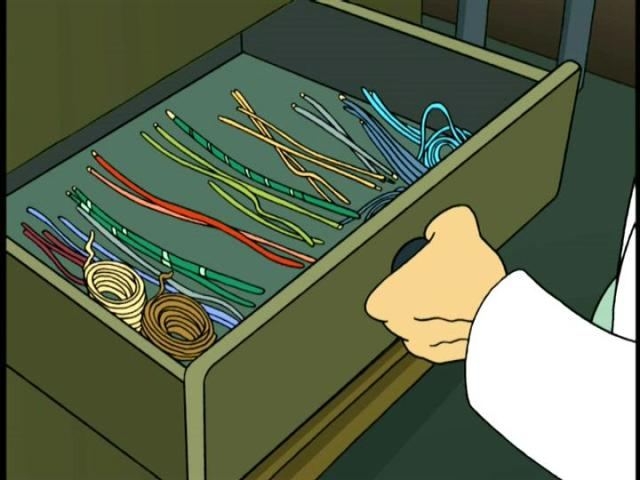
I have old Omnimic V1 and EMM-6, though the calibration provided for EMM-6 is bogus, mine was pretty darn flat without any calibration. I did make my own cal file using Omnimic as reference, so at the very least both my mics measure the same.
ARTA and SoundEasy, leaning far over to ARTA/VituixCAD for measurement and design instead of old clunky and often incorrect SE.
I've shared my ARTA jig in the other jig thread, but here's another photo of it. I use it with a Steinberg UR22mkii USB interface which I rather like.
That's all I really need for speaker measurement and design. For any electronics work, I have a Weller WTCPT iron, I really like it because it doesn't need calibration, but you do have to buy different tips if you want a different temperature. It has magic magnetic action that self regulates. For all the DIY work I've done I've only ever had 2 tips, a 700 and an 800 degree standard one.
Also have a Philips PM3394 scope. Technically not mine but the owner left it with me to use. I've got another more basic Techtronics analog scope too but it's way out of calibration.
Function generator? Got an app for that - Keuwlsoft Dual Channel Function Generator.
Bench supply? Nope, got a variac around here somewhere, a breadboard and a rectifier and some caps in a bin if I really need. Also some fancy medical grade DC SMPS modules, Emerson LPS203-M, 12VDC with a lot of current capability, and can wire 2 of them together for +/-12VDC.
Multimeter - Fluke 179 that I carry for work, and a Wavetek 15XL POS that doesn't auto-range but it's accurate enough and was free.
Of course, this nerd light comes in real handy too.
"old clunky and often incorrect SE"?
Serious question? It's old, it's slow and clunky, every new release fixes 10 errors and introduces 5 more. I've had lengthy discussion with the developer about various issues - how the software loads invalid data if you don't have the X axis scale set just right for the file in question, issues that really should not exist period, let alone the fact that "loading invalid data" is considered normal operation. But it's the users fault for not doing it right. RTFM.
My last design with AMT, I questioned the wild difference between off-axis simulation and reality with a non-dome tweeter. Developer says "don't have a ribbon so I never tested it". Had to provide real world measurements so he could fix the math.
It's always treated baffle diffraction as a gain rather than a loss, which is incorrect, developer refuses to admit and fix a simple math error, instead wrote a paper with some incorrect terminology to explain how the software doesn't make any sense. Much "theory" applied without real world testing and experience. I think it's clear that the developer hasn't used the software in years.
I could go on...Anyway, in my arguments with the SE developer, I looked at VituixCAD for comparison, liked what it did and decided just to move over and start using it instead. (FWIW it accurately represents ribbon off-axis and baffle step from 2pi to 4pi is properly treated as a loss). ARTA was the natural next step.
Sorry.. Off topic rant, he started it
Yes it was a serious question. Thank you for your detailed reply. I had been considering purchasing a new, more powerful laptop and SE. I am second guessing that now.
'Soundeasy'; the everpresent audio oxymoron.
InDIYana Event Website
@PWRRYD If you want to go down a more advanced design path, I'd recommend ARTA and VituixCAD over SoundEasy. ARTA can do all the same measurements and VituixCAD includes similar design elements, you won't be missing anything important using these tools over SoundEasy, and will be a lot less frustrated and confused overall.
I have never used Soundeasy. I have Praxis for measurements as long as I can keep a Windows XP computer up and running. I have thought at some point SE would be useful to attempt full crossover emulation as I have an 8 channel amp (QSC CX168) that would be perfect for that.
For design work, I have been pretty impressed with VituixCAD. One does have to do a lot of measurements to get the most out of it.
Sehlin Sound Solutions
One has to take a lot of measurements to get the most out of any design - VituixCAD is just a tool that enables the use of those extra measurements well. You can feed it just on-axis response and get the same basic functionality of Xsim as well if that's all you want. I really like that VituixCAD will optimize response by the power response or listening window which actually isn't available in SoundEasy, and I don't really trust the results of SoundEasy for power response and directivity index, only looking at a single axis and only 180 degrees of information doesn't seem to follow standard conventions.
SoundEasy's biggest selling feature is the fact that it can simulate an analog crossover digitally without having to build it. The way it works is fairly cumbersome though, you can't just play the music stored on your computer through the digital filter. It basically turns your entire PC into a DSP, so you have to feed it audio from an external source through the input, PC processes through the designed transfer function and then out.
I currently am revamping/reorganizing my electronic work area, so here are a couple of pics of gear just laying around. I'll post a picture of my tiny work area in a week or so when it's back together.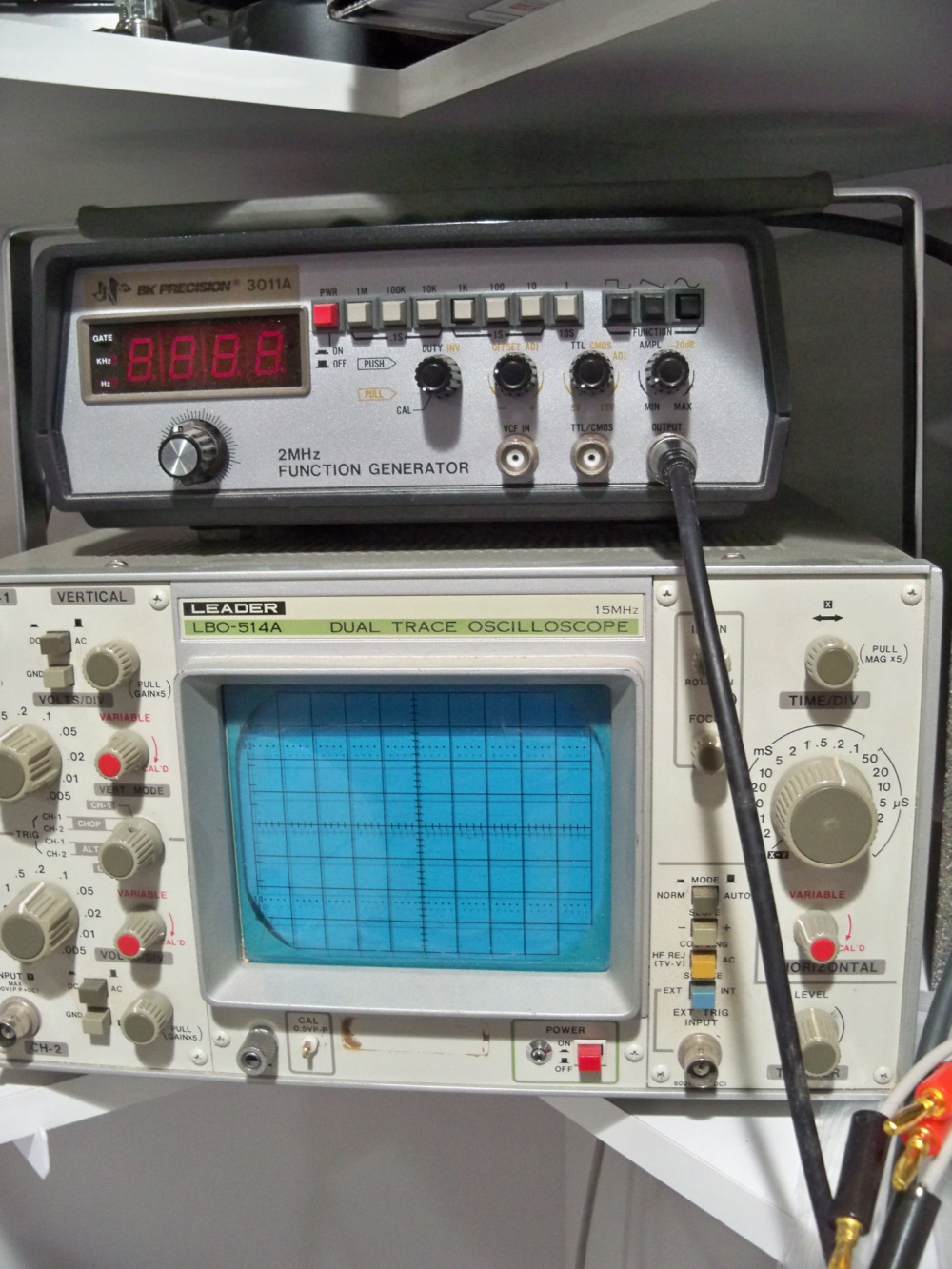
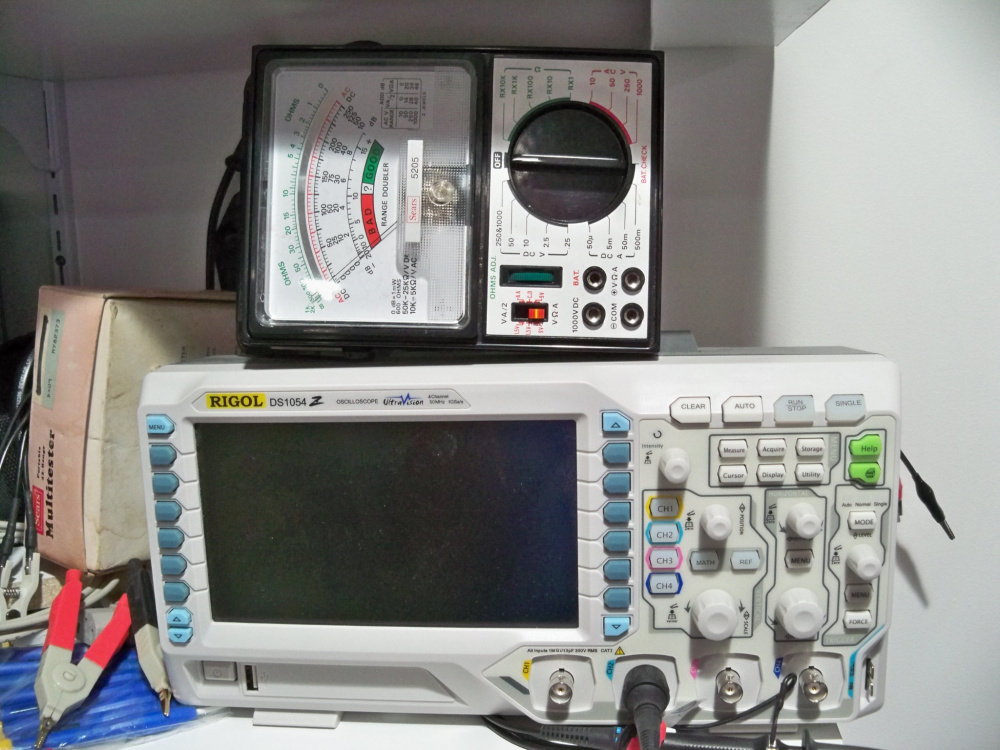
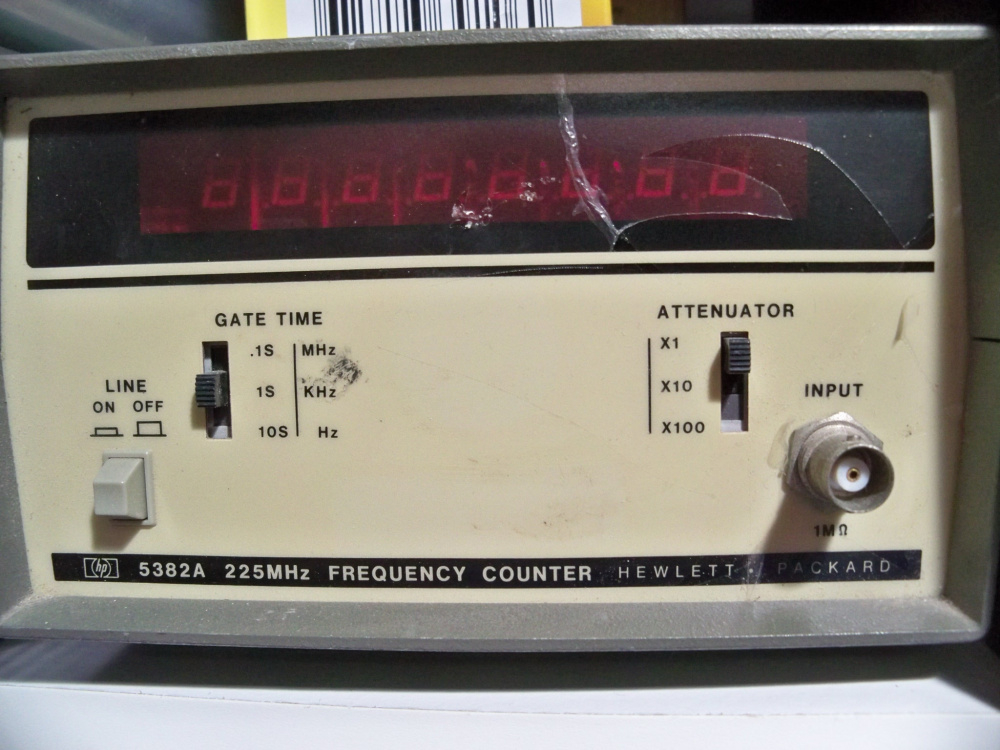

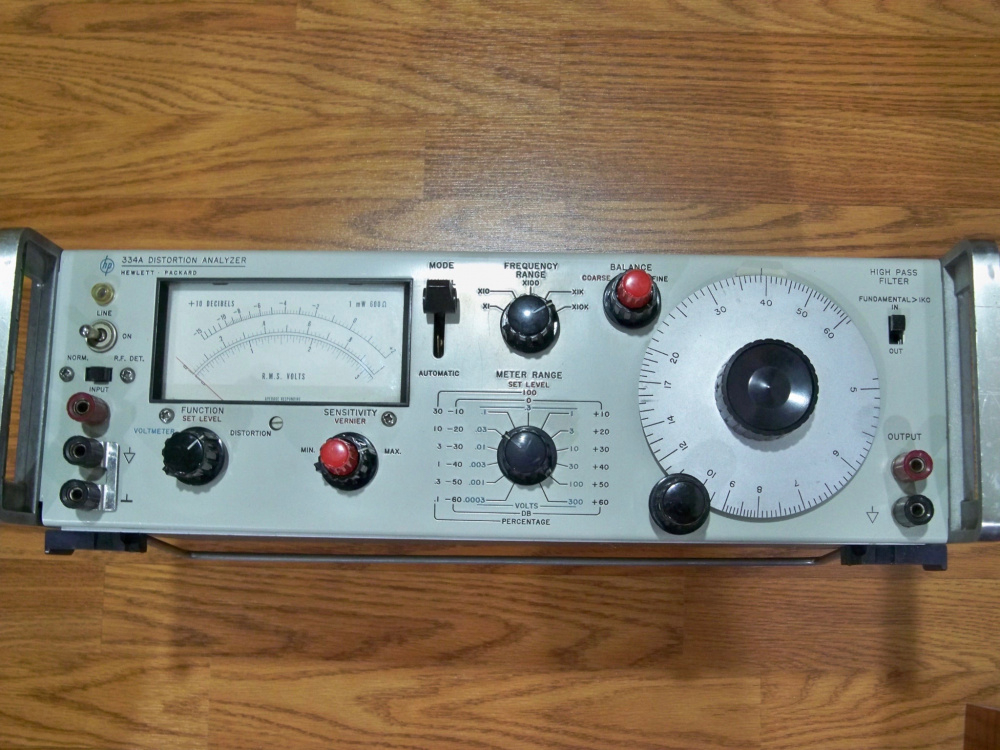
Of course I have the usual assortment of handheld DMM's, a couple clamp meters, a tenma lcr meter, and a peak semiconductor tester.
As far as speaker stuff, two wt3's, dats, two onmimic's and a umik-1 that was calibrated by Cross Spectrum Labs. I tried to have them calibrate one of the omnimic's, but I gave up on getting a reply after several attempts, actually I got a reply after multiple emails and about three to four weeks of waiting, stating a price and to let them know if I was interested, which I promptly did several times to no avail. So what I'm getting at here is I calibrated my omnimic off of the umik. Sorry for taking the long way to the point. I have nothing against Cross Spectrum Labs, they do fantastic work, and I realize that this is just a side gig for them, just sharing my reasoning for home calibration.
That's quite the collection! I'd love to have one of those newer Rigol scopes, takes up much less space than the big chonker that I have.
The Rigol is fairly new to me, so I really haven't gotten into all the things its capable of, and I'm not as comfortable with it as the old analog scope, but you are correct about the size, its small and lightweight. I think the agilent 34401a is heavier.
VituixCAD can output transfer functions that, I believe, can be imported into an outboard DSP for a quick listen of the modeled xo. This may not be much more trouble than the similar function in SE from what you're saying. I continue to be impressed with what VituixCAD offers, and for free!
Yes, well you can design biquads for some specific DSP systems like miniDSP for example, and active filters as well with VituixCAD but you are going to have to rebuild a replica transfer function of the analog filter, which will take some time and may never be a perfect replication. Of course, you could always build DSP filters to try and replicate the designed transfer function, a simple measurement through ARTA can provide the exact transfer function that the DSP provides so you can adjust it with live feedback.
The benefit that SoundEasy has is to simply produce the transfer function of a designed analog filter digitally with just a click of a button, exactly as designed, but as I explained the physical setup to listen to it can be a bit cumbersome.
I had a very similar collection until this spring. When my son moved home from college at the start of the pandemic, we decided to give him the spare bedroom in the basement as an e-learning/bachelor pad area. That meant, I had to move a lot of my audio stuff to an area in our storage room, clearing out a bunch of less-used stuff in the process. That included 2 frequency counters, an old Tektronix o-scope, a harmonic distortion analyzer, and a function generator, along with some vintage amps, preamps, receivers.
Sehlin Sound Solutions
I resurrected a boat anchor today. It's a tube regulated HV power supply. I can't remember where I picked this thing up, maybe a hamfest. I had been using it about 15 years ago and it worked fine. I decided I would recap it since it's been sitting for so long. Turned out to be more involved after the smaller choke fell apart as I was connecting the new caps. Luckily I had something close in my stash and now it should be good for another 30 years or so. It uses a pair of 6B4Gs on the HV output - it can run 6L6s too.
Did you lay out the wiring like that? This thing reminds me of an old HeathKit cb linear from my childhood but a lot smaller.
what do you use it for?
That's badass.
Yeah- Ditto- what you going to use it for, Tom?
InDIYana Event Website
...space heater?😛
No - not my wiring. I only wish I could be that neat with my stuff.
This thing can output 0 to 400v DC on one set of jacks, 0 to -150v on another set independently (for bias in a tube circuit), and it has 6.3v AC for the tube heaters. Perfect for prototyping & testing all kinds of tube circuits without building a power supply every time. I just used it this morning to see if the new driver board in my Dynaco amp is pulling too much current.
Yep - all tube gear keeps you warmer in the winter! This thing surprised me because it's not nearly the little furnace that my Dynacos are.
Next up for cap rehab - an HP 428a current meter!
Saved another vintage piece from the scrap yard. I knew this meter worked a few years ago, but I also knew it had some old wax covered paper coupling caps in there. Easy enough to replace. Since this has SS rectifiers, I could reform the main filter caps in place - just took 90 minutes, slowly raising the voltage on the variac. It works like a charm - reads pretty close to my digital meter when testing the current drawn by an LED. The "custom" top handle was included at no additional charge when I bought it at the surplus place.
This is my fully restored EICO 950B Resistance-Capacitance-Comparator Bridge. It can be used as a bridge to measure and compare resistors and capacitors, but it can also be used as a high voltage capacitor leakage detector. The original owner had apparently left the thin plastic protective cover on the face-plate, which yellowed and flaked over the course of about 50 years. So I removed the face-plate and was able to fully restore it to "mint" condition using rubbing alcohol and a paper towel. (As you can see in the pics, I did a small test in one corner first to make sure the alcohol did not remove the lettering).
To restore the unit electrically, I installed all new power supply electrolytics and circuit level film caps. Then I replaced all close tolerance resistors as necessary and cleaned all pots and switches with Deoxit. The eye tube was weak, so I replaced it with a NOS tube from Fair Radio Sales. When this was done, I tested all functions to make sure everything worked and then completed the project by calibrating the dial per the original assembly manual instructions. Nice little unit; I like it and have used it quite a few times to check capacitor leakage in older electronic devices.
WOW!
Wow - that turned our great! I see other test gear in the BG too. You must do a fair share of audio restoration work. Are on the new Blueglow forum?
Thanks, Tom & Don. Have not joined Blueglow yet, still in the lurker mode. Waiting for it to grow a little bit bigger. Seems like a nice forum with very helpful members.
I'll stop back later and post a few more pics of my other test gear in the BG as well. There is also quite a bit of test gear positioned underneath and behind my test bench as well. Lots of the standard stuff: dim bulb tester, variac, isolation transformer, oscilloscope, quad 60VDC/ 12V/ 5V regulated power supply, function generator, current meters, tube testers, signal tracers, DVM's, etc.
Wait - signal tracer?? I thought you had been an accountant before retiring. Were you moonlighting as a repair tech?
No moonlighting. I simply read an old Audio Amateur Magazine article about the advantages of using an inexpensive signal tracer to quickly repair audio gear. I have all the AA back issues, but I couldn't find the article or author. It was written sometime in the early 1970's.
Anyway, this old time repair tech said that, when doing service work, he almost always used an inexpensive signal tracer to quickly zero in on amplifier problems and fix them. Using just a schematic and an inexpensive signal tracer, he would trace the signal to the point where the signal stopped, pull the parts, and repair the problem. So, I figured that if an experienced repair tech could fix stuff this fast, then I could too! So, I started collecting old vacuum tube type signal tracers. And I built the 9 volt battery powered version published by Elliot Sound Products (ESP) (project 164): https://sound-au.com/project164.htm
From left to right: ESP project 164 signal tracer, Heathkit model IT-12 signal tracer, and EICO model 147A signal tracer.
Cool old gear guys!